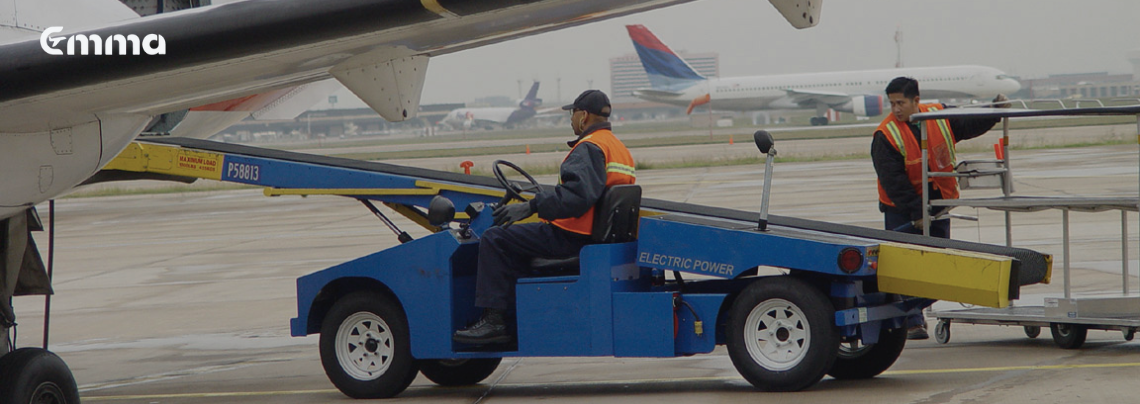Why Climate Change is a Wake-Up Call for the Aviation Industry

A recent UN report about a (late) wake-up call for humanity has gained significant media attention. This report urges stakeholders to ensure that they pay attention and see how each, in their role, can contribute to the solution, not the problem.
The aviation industry has a key role to play in this. The largest emitters of CO2 are, of course, the airplanes. Companies (e.g., Airbus) are testing alternative fueling options, from hydrogen to full electric planes but this will require some time before it is made commercially available.
In the meantime, airlines need to adopt the latest generation of fuel-efficient planes while airports need to do what they can to decrease their impact. The solutions to realize this are multifold, from the creation of (new) railway connections that connect the airport to a switchover to alternative heating, electric buses and ground handling vehicles. However… is this enough?
One of the biggest losses of efficiency resides in the non-coordinated activities on the airside (e.g., ground handling vehicles located at the other side of the airport when they should be at the gate handling an incoming plane, not enough or to many luggage carts, late fueling, etc.). These can be the result or a symptom of faltering processes. Less efficiency means more loss of time, vehicles driving around while they should not be and planes taking more time to reach the gate (and often consuming a lot of fuel while taxiing).
Solutions exist to know where a vehicle resides, where it should be at what time, how to create the fastest way to a gate for a plane, etc. At the same time, unforeseen activities like airside maintenance or repair works should not be a big issue if scenarios have been built in so that all airport stakeholders can revert to alternatives when needed.
An airport should run like clockwork, in a 24/7 mode without any interruption and that can only be done when all players play the same game. Efficient airport operations are not only the solution to run an efficient airport and ensure that departures & arrivals are on time, they also the key to sustainably running a business.
Using the shortest way to the gate, handlers awaiting the plane and being able to manage the turnaround in record time. Processes which ensure these not only contribute to substantial efficiency gains but also avoid any useless waste of time (of vehicles & planes) at the airport, thereby cutting emissions substantially. Combine that with the use of electrical vehicles for ground handling, for pushback, airside maintenance and passenger transportation – when required – and airside and apron operations can almost become climate-neutral.
To make this turnaround effective, airports need to revert to solutions that focus on information sharing and instill its significance within airport stakeholders. This would mean that everyone would be motivated to contribute and understand his/her role in the entire chain of command.
One of the key solutions to achieve sustainability goals at airports is A-CDM. Not only can it ensure that we manage airport operations efficiently, it can also incorporate all possible sustainability parameters (from noise to air pollution). A-CDM also gives these parameters a role in better managing how to interpret potential sources of pollution and includes alerts so immediate action can be undertaken to decrease or eliminate them.
Taking the necessary sustainable actions is the most important way that airports can contribute to reducing their environmental impact – combined with using renewable energy, recycling water & waste and promoting the use of public transport to the airport. A CO2-neutral environment starts with having the right processes and activities in place.
To understand how EMMA helps airports become more efficient and sustainable, visit our website.



